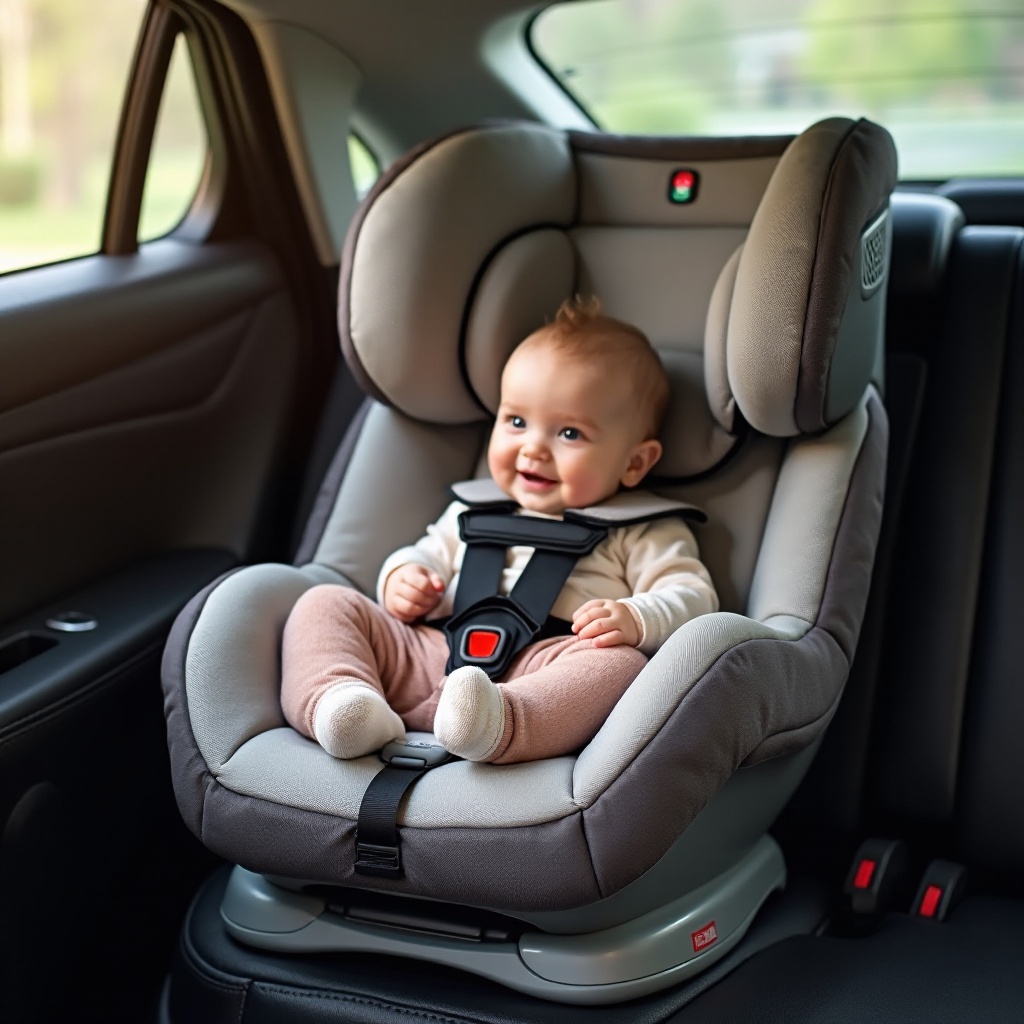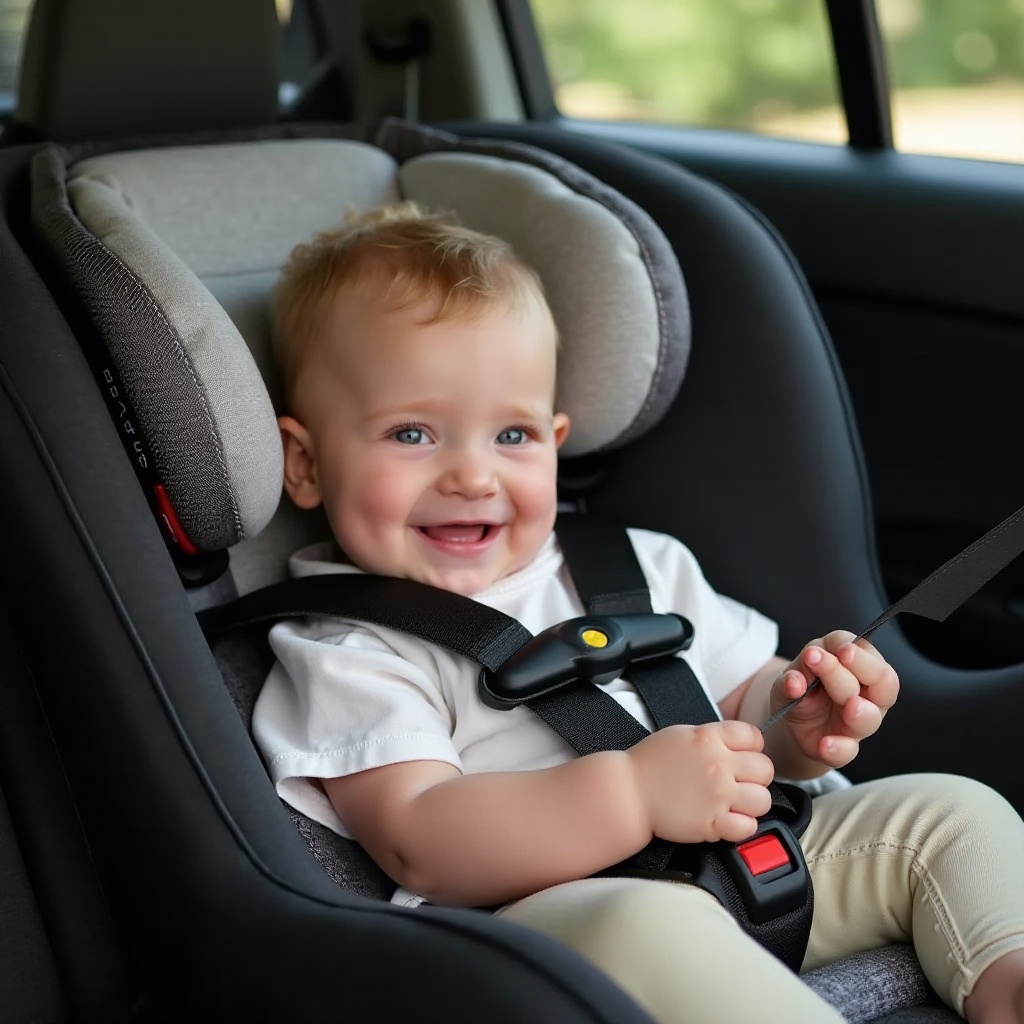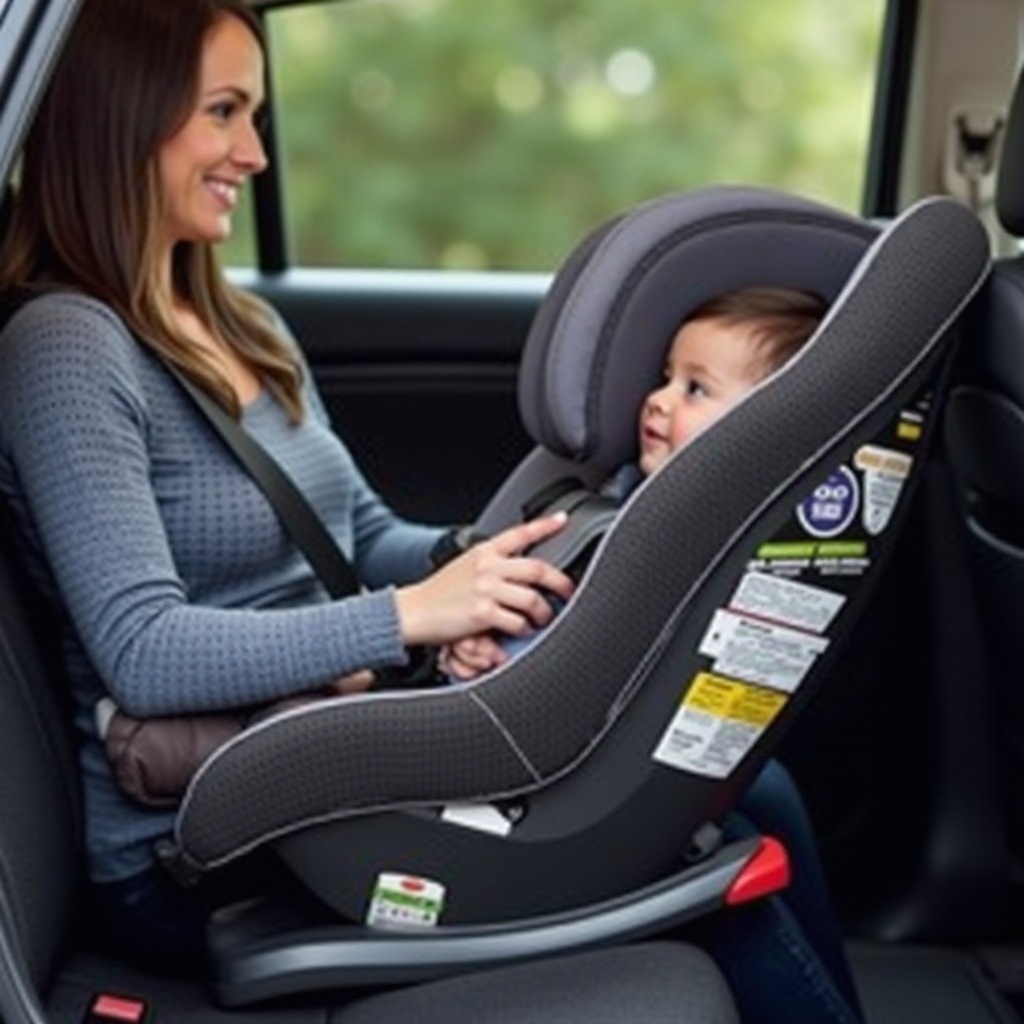Introduction
Selecting the perfect car seat for your 6-month-old is crucial for ensuring their safety and comfort during every drive. With a myriad of options available, choosing the best fit can feel overwhelming. This comprehensive guide will walk you through the necessary steps and considerations to help you make an informed decision that ensures your child’s protection.

Understanding Car Seat Safety Standards
Navigating safety standards is a fundamental step in the car seat selection process. Understanding these regulations not only guarantees compliance but also delivers peace of mind to parents.
-
Current Safety Regulations for Infant Car Seats: All car seats sold in the United States must meet federal safety standards. Verify compliance by looking for labels from recognized safety organizations, such as the National Highway Traffic Safety Administration (NHTSA). This assures you that the car seat has passed essential crash tests.
-
Common Safety Features to Look For: Essential safety features include a five-point harness system, which provides superior restraint, and side-impact protection to shield your child in case of sideways collision. Always prioritize seats with energy-absorbing materials that can mitigate impact forces.
Types of Car Seats Suitable for 6-Month-Olds
Choosing the right type of car seat is just as critical as understanding safety features, especially as your child grows.
-
Rear-Facing Infant Car Seats: Designed to cater specifically to young infants, these seats provide optimal support for a baby’s fragile head, neck, and spine. Their convenience lies in their portability, which allows easy movement from the car to stroller frames and vice versa.
-
Convertible Car Seats: For parents planning long-term, convertible car seats are a worthy investment. They initially serve as rear-facing seats and later convert to forward-facing as your child grows. This versatility means you won’t need to purchase a new seat as quickly, adding value over time.
-
Comparing Different Types: Each type has distinct benefits. Infant seats are compact and easy to carry, making them perfect for newborns, while convertible seats grow with your baby and adapt to their changing needs. Evaluating your lifestyle and travel habits will help you decide which type best suits your needs.

Key Features to Consider When Choosing a Car Seat
Hardware decisions extend beyond safety, with comfort and practicability playing significant roles in your selection process.
-
Safety Features and Technology: Exploring enhanced safety features such as anti-rebound bars, which minimize rotation in a crash, can provide additional protection. Load legs are another advanced safety option, enhancing stability during travel.
-
Comfort and Ergonomic Support: A well-padded seat with adjustable head support will keep your baby comfortable, support their posture, and help them sleep soundly during trips. Integrated sunshades can further enhance comfort by protecting against harsh sunlight.
-
Installation and Ease of Use: User-friendly installation systems, like LATCH, simplify securing the car seat in your vehicle. Consider models with straightforward harness adjustments and low-maintenance features such as machine-washable covers.

Top Car Seat Recommendations for 6-Month-Olds
With this understanding of types and features, it’s time to explore some top car seat models that excel in safety, design, and ease of use.
-
Model 1 Review: Features and Benefits: Committed to leading safety standards, Model 1 boasts cutting-edge technology with adjustable headrests and extra amenities like a plush infant insert for increased comfort.
-
Model 2 Review: Features and Benefits: Celebrated for its extended rear-facing capabilities, Model 2 includes advanced side-impact protection and user-friendly features, making it an excellent choice for families who prioritize user-friendly designs.
-
Model 3 Review: Features and Benefits: Featuring innovative safety enhancements, Model 3’s intuitive installation and elegant design blend seamlessly into smaller vehicles without compromising on protection.
Tips for Proper Installation and Use of Car Seats
Proper installation is paramount to realizing the full protective potential of any car seat. Here are some steps and advice to ensure you get it right:
- Carefully read and follow the manufacturer’s manual for exact installation instructions.
- Utilize the LATCH system or seatbelt method based on what your vehicle supports, ensuring a snug fit.
- Check the seat’s angle using built-in indicators to avoid incorrect tilting.
- Harness tension should be tight, without slack, but also comfortable for the child; check with the pinch test.
Frequent inspection for recalls or innovations related to your car seat model can keep you informed and prepared.
Conclusion
The journey to finding the perfect car seat for your 6-month-old entails understanding safety standards, exploring seat types, and critically analyzing features and installation techniques. By focusing on these areas, you ensure that each ride promises maximum safety and comfort for your precious one.
Frequently Asked Questions
How do I know if a car seat fits my car?
Check the manufacturer’s specifications and test the seat in your vehicle before finalizing your purchase.
How long should my child be in a rear-facing car seat?
Experts recommend keeping your child rear-facing until at least age two or until they reach the maximum weight or height limit for the seat.
What are the signs that it’s time to upgrade the car seat?
If your child surpasses the height or weight limit or seems uncomfortable, it may be time to transition to a larger, more suitable seat.
